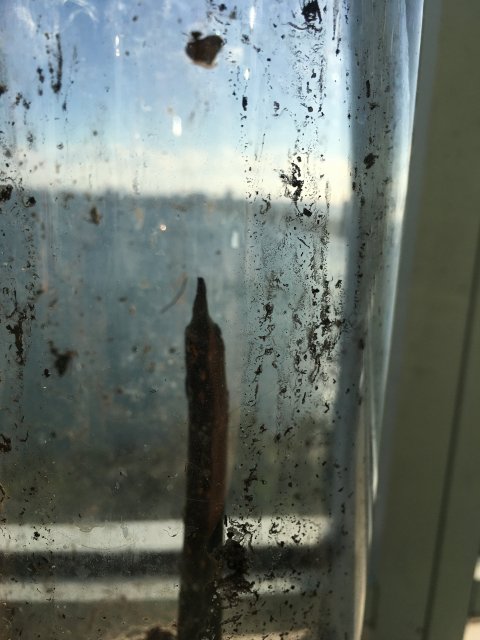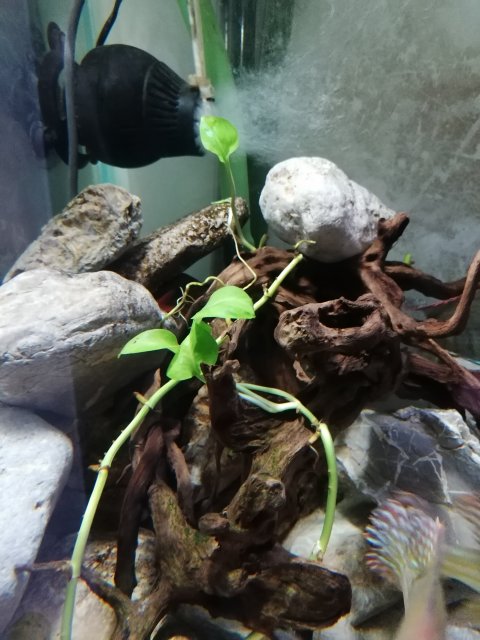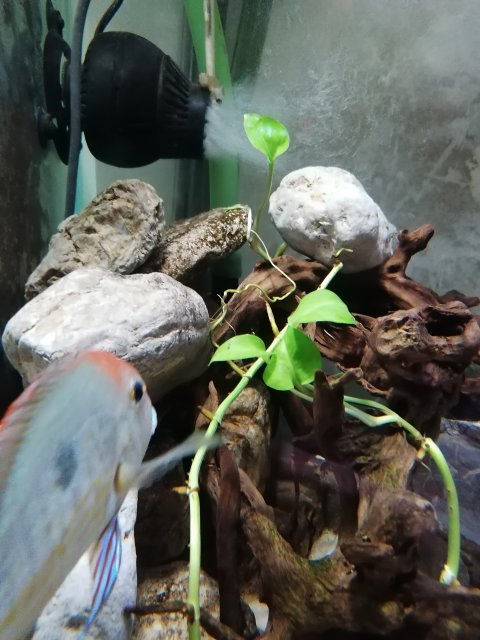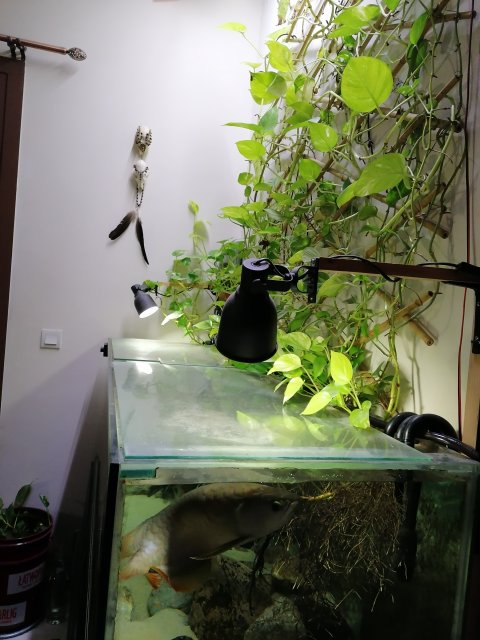- Dec 2, 2018
- 1,274
- 833
- 125
A lot of people, myself included, use mangroves as nitrate sponges in SW aquariums and they work wonderfully. Not only do they look amazing and can be grown into many different shapes, but they absorb way more nitrates than sweet potatoes in my tests (don't know about pothos though, I've never grown it in an aquarium). Not only that, but they're extremely hardy and can absolutely cope with variations in salinity and anoxic root conditions. My question is whether anyone has grown them in a freshwater aquarium. I didn't actually know whether they could grow in full fresh so a couple days ago I collected a red mangrove propagule from the beach. I soaked it in tap water for a day and then placed it in a vase with dirt and fresh water (no ferts) for a day. Lo and behold, it already has a huge root network and is beginning to grow a stem. So if they can grow in freshwater, why not plant them in your FW aquarium? I know I'm going to.
So to recap, here are the benefits of mangroves over other commonly used aquarium plants such as pothos and sweet potatoes:
1. They grow very fast and absorb a lot more toxic chemicals such as ammonia, nitrite, and nitrate than other plants.
2. They're incredibly hardy and short of a few bug invasions, they don't tend to have many problems in the aquarium such as not growing roots in the water (for pothos) and leafroll virus (for sweet potatoes).
3. They provide a naturalistic retreat spot for fish to go between their roots.
4. Planted right, they look very aesthetically pleasing.
5. Perhaps most importantly, they're very durable and not even the most notorious plant-wrecking fish will be able to do anything to a specimen that has matured beyond the point of propagule.
With a mangrove, you can not only finally plant your oscar tank, but you can put in a plant that will be able to handle oscar waste, the oscar itself likes (because of root cover), and looks really nice. All you really have to do let the mangrove grow for a few weeks, and then it's ready to go. They're super hardy as well (10/11 PHZ), all they need is at least half the substrate they grow in to be water.
I don't want to dig up the FW propagule to show you the root networks right now (perhaps I will at some point for now I just want to let it grow) but I will attach a picture. This is 2 days since being found washed up on the shore with 0 stem and 0 roots, look at that stem growth! The roots are over 5 inches long at the moment as well.

My camera focused on the dirt on the vase but whatever, you can see the stem.
So to recap, here are the benefits of mangroves over other commonly used aquarium plants such as pothos and sweet potatoes:
1. They grow very fast and absorb a lot more toxic chemicals such as ammonia, nitrite, and nitrate than other plants.
2. They're incredibly hardy and short of a few bug invasions, they don't tend to have many problems in the aquarium such as not growing roots in the water (for pothos) and leafroll virus (for sweet potatoes).
3. They provide a naturalistic retreat spot for fish to go between their roots.
4. Planted right, they look very aesthetically pleasing.
5. Perhaps most importantly, they're very durable and not even the most notorious plant-wrecking fish will be able to do anything to a specimen that has matured beyond the point of propagule.
With a mangrove, you can not only finally plant your oscar tank, but you can put in a plant that will be able to handle oscar waste, the oscar itself likes (because of root cover), and looks really nice. All you really have to do let the mangrove grow for a few weeks, and then it's ready to go. They're super hardy as well (10/11 PHZ), all they need is at least half the substrate they grow in to be water.
I don't want to dig up the FW propagule to show you the root networks right now (perhaps I will at some point for now I just want to let it grow) but I will attach a picture. This is 2 days since being found washed up on the shore with 0 stem and 0 roots, look at that stem growth! The roots are over 5 inches long at the moment as well.

My camera focused on the dirt on the vase but whatever, you can see the stem.





